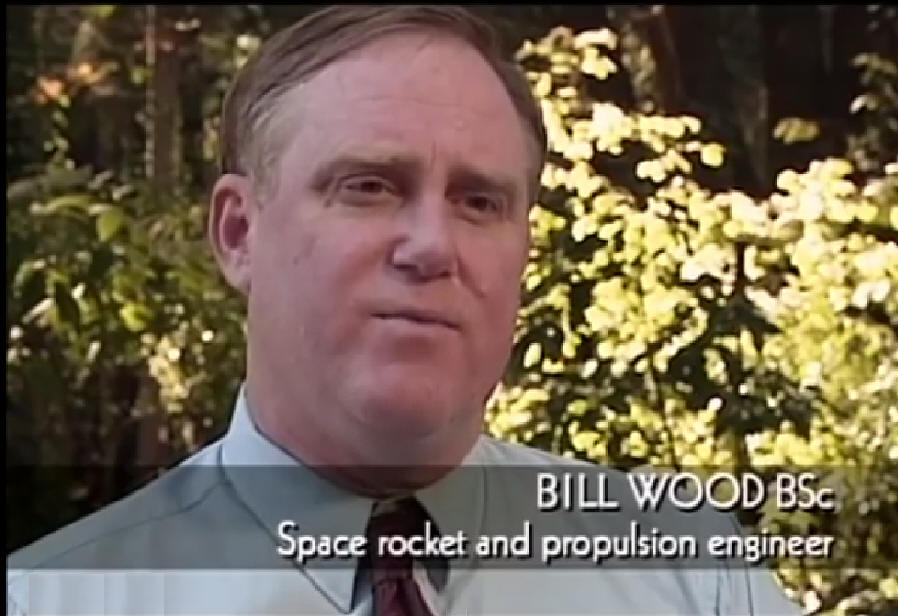
https://www.youtube.com/watch?v=qnHw-qwD3aM

https://www.youtube.com/watch?v=qnHw-qwD3aM
"The LEM proposal was amazingly short. This was a 110 page document where Grumman proposed the entire LEM program, which is a $6.9 billion dollar program. And that's an outrageously small document for anyone to submit and ask for $6.9 billion dollars. There's no way that a reviewer could determine whether or not the contractor is going to accomplish anything worthwhile based on 110 pages of documentation for that size program. When I checked into 10 other programs of similar size, like the C5A and large submarine orders, or aircraft carrier orders, or this type of thing, all the proposals were between 5000 pages and 86000 pages, with an average of 38000 pages. And yet we see this one standing there all by itself at 110 pages. And it appeared to be to me that this may have been a situation where they knew that if anyone checked then someone would say "well, in order to win this you had to submit a proposal right? So let me see the proposal." So they had to produce a proposal but they didn't go to the trouble producing one of decent length. A 110 page proposal is about appropriate for a $1.4 million dollar program which is 5000 times smaller in the claimed LEM program. Now, you wouldn't need very much a very long proposal if you weren't really going to build a LEM that really had to work. If you're going to be building LEMs that ended up in museums or on displays, then you could probably do that for a few million dollars and it might only require a 110 page proposal."
William (Bill) Wood presented this speech to an audience of 90 people in San
Jose, California in 1996.
The title of my talk today is “Did we ever go to the Moon?”
About half of what I’m presenting today is extracted from Bill Kaysing’s book,
We Never Went to The Moon, which I highly recommend...The rest of what I’m
presenting today comes from my own
30-year investigation."
"In the Apollo photographs there are no stars in the lunar sky. No crater was
produced by the rocket exhaust under the LEM. Recent tests with the DC-X
rocket, landing tail first on Earth, produced a large, 2’ deep crater and
significant damage to the vehicle. The crater was so large that there was
concern that the DC-X might fall over, into it. On the Moon the crater would
have been much larger, due to the Moon having only 1/6 as much gravity
as the Earth and no atmosphere. In the Apollo landings, there was no
Moon dust on the landing pads in spite of the fact that Armstrong talked about
all the dust he was kicking up. In photos, Moon dirt is clearly
defined out to a certain distance, then there is an abrupt transition to a fuzzy
enlarged photo of lava flows in Hawaii and Utah used for background.
Prior to Apollo, top geologists were asked what they expected lunar
soil to be like. Afterward, they were provided with just what they expected:
nothing not found on Earth."
"As in the 1974 movie Capricorn I, Apollo missions took off with no astronauts
aboard and went into orbit. Then the 3rd stage took an unmanned spacecraft
to the Moon, where it performed a lunar landing, lowered a seismometer,
ejected a laser reflector, transmitted back prerecorded manned audio
and video, then dug up Moon rocks and returned them to Earth. Later, the
crew in a burned capsule were dropped from a C-5a aircraft into the Pacific
for recovery. Some of the real Moon rocks were then traded with the
Russians for real Moon rocks they has just obtained with their own unmanned
lunar lander and return craft. Larger amounts of phony Moon rocks
were manufactured on Earth and sent to laboratories for analysis and put on public
display."